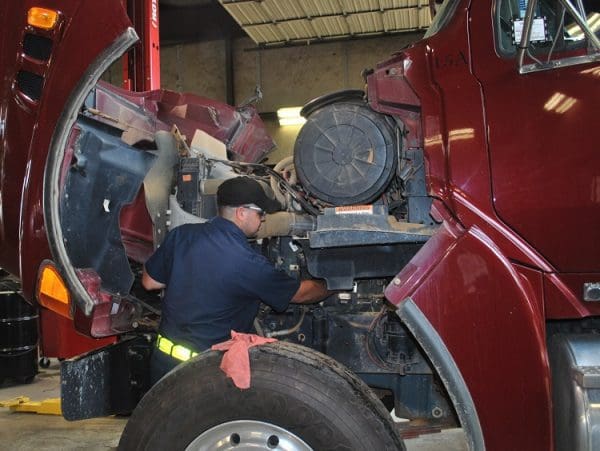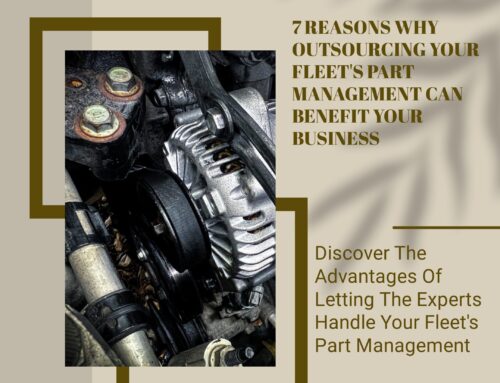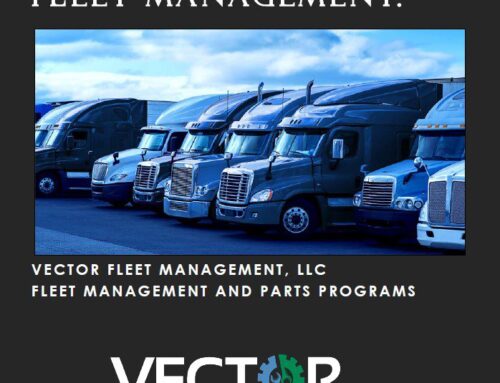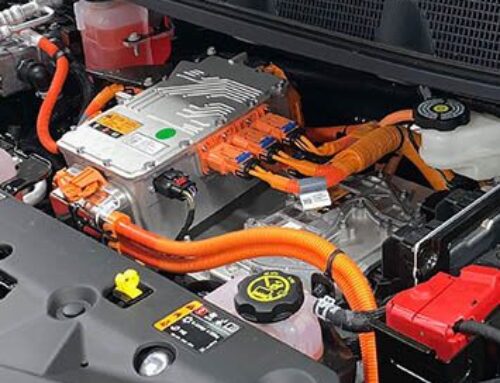Reactionary maintenance often leads to costs for equipment that sits idle as well as downtime. Reactionary maintenance is primarily based on failure. Operating standards shift from faster to fewer repairs with Preventative Fleet Maintenance. It’s important that you are aware of federal regulations which require orderly inspections, repairs, and maintenance.
Any successful maintenance program needs preventive fleet maintenance for their commercial vehicles. Preventative maintenance is a widely-held philosophy due to its wise utilization of assets and potential cost savings. The business has discontinued preventive maintenance; instead, they only act when something needs to be done to the vehicles. This is why preventative fleet maintenance is so important.
Preventive Maintenance Scheduling
Standardize and schedule maintenance and inspections to fulfill the preventative fleet maintenance requirement. Divide preventive maintenance into A, B, C, D, E, F, and so on. The preventive maintenance, as well as the time required, starts to increase in complexity as you make your way down the list from A, B, and etc.
Preventative fleet maintenance includes lubricants, safety checks, fluids, tire inflation, brakes, and lights. In addition, it includes adjusting and checking components that experience major wear and tear. A normal interval for service “A” is somewhere between 5,000 and 10,000 miles on heavy-duty and medium-duty vehicles and somewhere between 1,500 and 2,500 miles for light-duty vehicles.
Most vehicles typically schedule preventative fleet maintenance every half-oil change interval.
Some companies prefer an inspection lane and “A” service on each visit to the facility.
Preventive maintenance for service B includes all services performed on service A. We check the driveline and engine, change the filter and oil, and typically space large and medium–sized vehicles 10,000 to 20,000 feet apart and small vehicles 3,000 to 5,000 feet apart. During B’s preventive maintenance, troubleshooting, and code fixes should also be included. As reported by the ECM download and the actual ECM.
Preventative fleet maintenance for service C includes all of A and B items, plus driveline/engine component replacements/inspections, DOT annual inspections, component replacements, and alignments. “C” services are generally scheduled on an annual basis. Carriers often schedule services every 11 months for timely, efficient performance.
Preventive maintenance for service Ds are either a replacement of a key part such as the axle, transmission, or engine or a special service. Some examples of special services include scheduled upgrades or seasonal services like winterization. Companies vary in how they schedule D services and in whether or not they use a “D“ nickname.
Companies will continue to use a lettering system centered around their needs by going as far as the letter “L” on the alphabet.
Pre-Service Inspections
Apply pre–maintenance checks to any new or used equipment added to the fleet. When using trucks, a “C” Level of Preventive Service and Maintenance is generally recommended and preferred. Inspect and adjust axle nuts, axle nuts and wheel nuts that do not usually receive a “C“ level inspection. It’s critical that you develop pre-service checklists of the components you consider to be important.
New trucks benefit from this process too. Since everything is new, check that everything is set correctly. You also need to make sure that everything you specify is on the line setting sheet and on the vehicle itself. Next, check the serial number, model number, and size of each component and record them in the records management system
Pre–service inspections should be done on inactive vehicles due to accident repairs, driver unavailability, or maintenance.
You need to consider pre-service checks as an integral part of preventive maintenance and put quality mechanics in charge of these tasks. Managers who only desire a superficial check can use a less expensive employee. Choose an employee who pays attention to detail for any method you choose for maximum benefit.
You must also come up with some pre-service standards according to your equipment that’s in the vehicle. Develop a list of checks to use line–setting sheets as a frame of reference. This checklist should be a first service document and quality control reference for new trucks. Or you might want your line-setting sheet to include grades and quantities of tire pressures, belt tensions, or fluids added.
The Next Step
The next decision you must make is whether you would like to bring the vehicle back to the maintenance shop for a brief follow-up after the pre-service inspection. While the procedure may seem unnecessary to some, it’s wise to catch problems before they occur. We conduct regular inspections as part of the investigation process to guarantee that your vehicle is safe for use before we deploy it. The maintenance department will not be able to mimic the vehicle’s operational environment that it will be operating in. Operate your vehicle in that environment during the investigative stage so you can address any issues with your vehicle quickly.
A dealership representative occasionally attends specific phases of the pre–service inspections, which can be useful if the manufacturer needs to make any changes to the vehicle.
Inspect any trailers you have. New trailers should go through the same inspection process. People often neglect trailers and fail to give them pre–service checks. However, federal regulations require trailers to undergo regular maintenance just like trucks and tractors do.
Contact us today for a free fleet maintenance cost analysis and see how our fleet management service can improve performance and lower costs.






